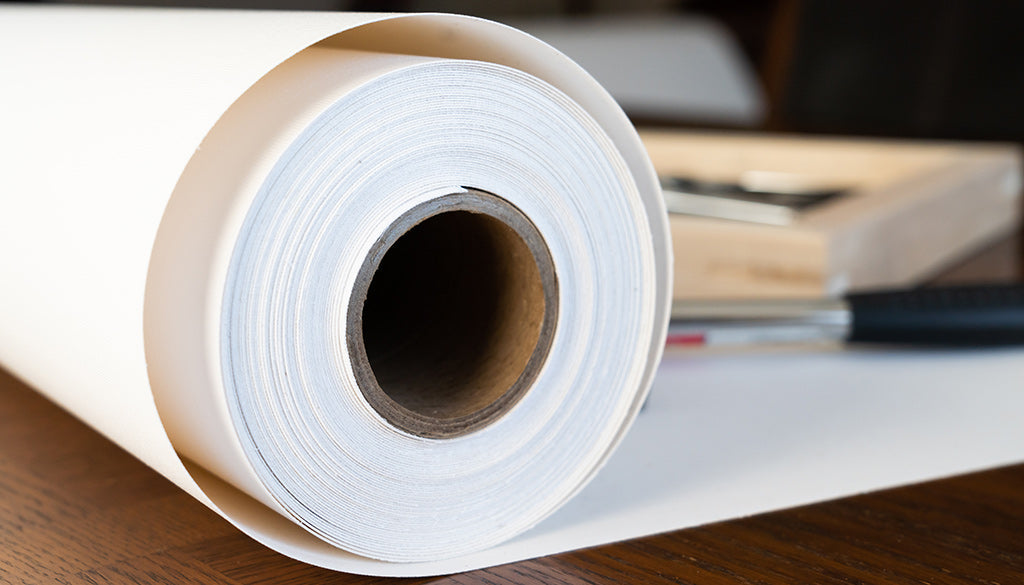
The difference between posters and art prints - an in-depth comparison
Share the article
In our shop we use both the words art prints and posters, but what we actually sell are art prints. The reason we still use the word posters is simple - it's the word most people use when searching online. And of course we want you to find us and our beautiful art prints.
For many, the difference between posters and art prints may seem unclear at first glance. Both are used to decorate walls and both can depict stunning works of art. However, there are several important differences that affect both quality, value and uses.
Production process
Art prints are the result of a meticulous reproduction process where great importance is placed on preserving the colors, nuances and details of the original work. These are printed with Giclee printing is a 12-color technique that requires high-quality equipment and specialized inks on the highest quality Fine Art paper. Each print is carefully inspected to ensure accurate color reproduction and that all details are brought out correctly.
Posters, on the other hand, are usually mass-produced through offset printing or digital printing on thin standard paper. The focus is more on cost-effectiveness and producing large volumes rather than achieving perfect color reproduction. This process makes the poster more accessible but compromises on artistic quality.
Materials and quality
When it comes to materials, art prints are significantly different from regular posters. Art prints are printed on high-quality archival paper with pigment-based inks that are specifically developed for long-lasting durability. The paper often has a matte or textured surface that mimics the feel of original art, and the material has a tangible weight and feel of quality.
In contrast, posters use much simpler materials. They are printed on thinner standard paper with a glossy or semi-gloss finish, often using simpler inks that are cost-effective but not necessarily optimized for long-term durability or perfect color reproduction.
Value and exclusivity
Art prints are distinguished by their exclusivity. Here are the most important aspects that affect the value:
- High-quality materials that ensure long durability
- Potential for value appreciation over time
Posters, on the other hand, are mass-produced on cheaper materials, making them more affordable but reducing their value as collectors' items. They are more often seen as temporary decorative elements rather than investments.
Areas of use
The choice between art prints and posters is largely a matter of use. Art prints are ideal for situations where quality and authenticity are highly valued, such as permanent home or office décor, for serious art collectors, or as meaningful gifts. They add a deeper dimension to a room and can become conversation pieces in their own right.
Posters have their natural place in more temporary contexts. They are ideal for student rooms, first apartments or in environments where you want to be able to change the expression often without a major financial investment. They also work great for marketing purposes or event decoration where long-term durability is not a primary requirement.
Sustainability
When it comes to durability, there are significant differences between the two formats. Art prints are designed to be a long-term investment. With proper storage and framing, they can maintain their quality for generations, and the high-quality materials make them resistant to fading and discoloration.
Posters have a more limited lifespan. Exposure to sunlight can quickly affect the colors and the paper tends to yellow or become brittle over time. However, this is rarely a problem as posters are often used as temporary decoration and are replaced when trends or preferences change.
FAQ
What is the difference between giclée and regular art prints?
Giclée prints offer superior quality through a 12-color printing system, compared to traditional 4-color CMYK printing. This advanced technology produces deeper, richer colors and more natural gradients, making giclée prints the preferred choice for museum-quality art reproductions.
How long do giclée fine art prints last?
Our giclée prints are designed for longevity, using fade-resistant inks on premium 200gsm enhanced matte paper. When displayed indoors and properly cared for, these archival-quality prints maintain their vibrant colors and exceptional detail for generations.
What paper is best for fine art giclée printing?
We use premium enhanced matte paper (200gsm) with a museum-quality finish, specifically chosen for fine art reproduction. This acid-free, FSC-certified paper provides the perfect surface for capturing intricate details and achieving true-to-life colors in your artwork.
Some well-chosen closing words
The choice between art prints and posters largely depends on the intended use and budget. Art prints are an investment for those who value quality and authenticity, while posters offer a more flexible and economical option for temporary decoration. Both have their place in today's homes and spaces - it's just a matter of choosing the right format for the right purpose.

